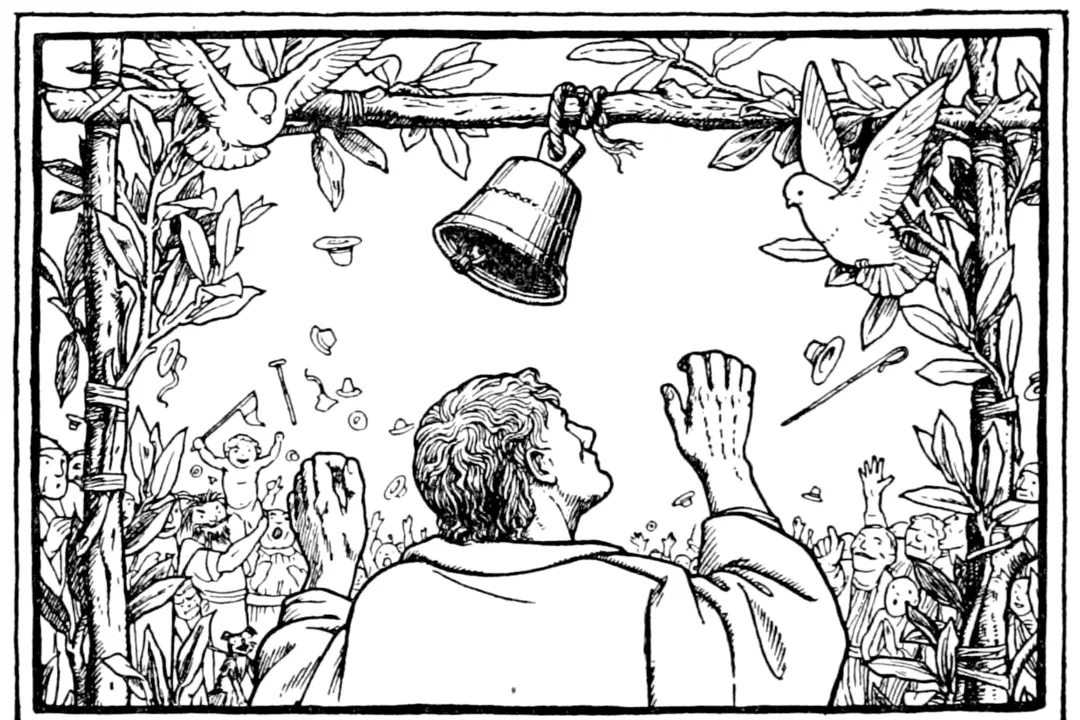The press connects us to a community that we don’t often acknowledge. It enables us to look beyond our own individual lives to notice the lives and actions of those around us.
O. Henry’s short story “A Newspaper Story” shows how a newspaper on a certain day has power beyond its printed pages to do good.






